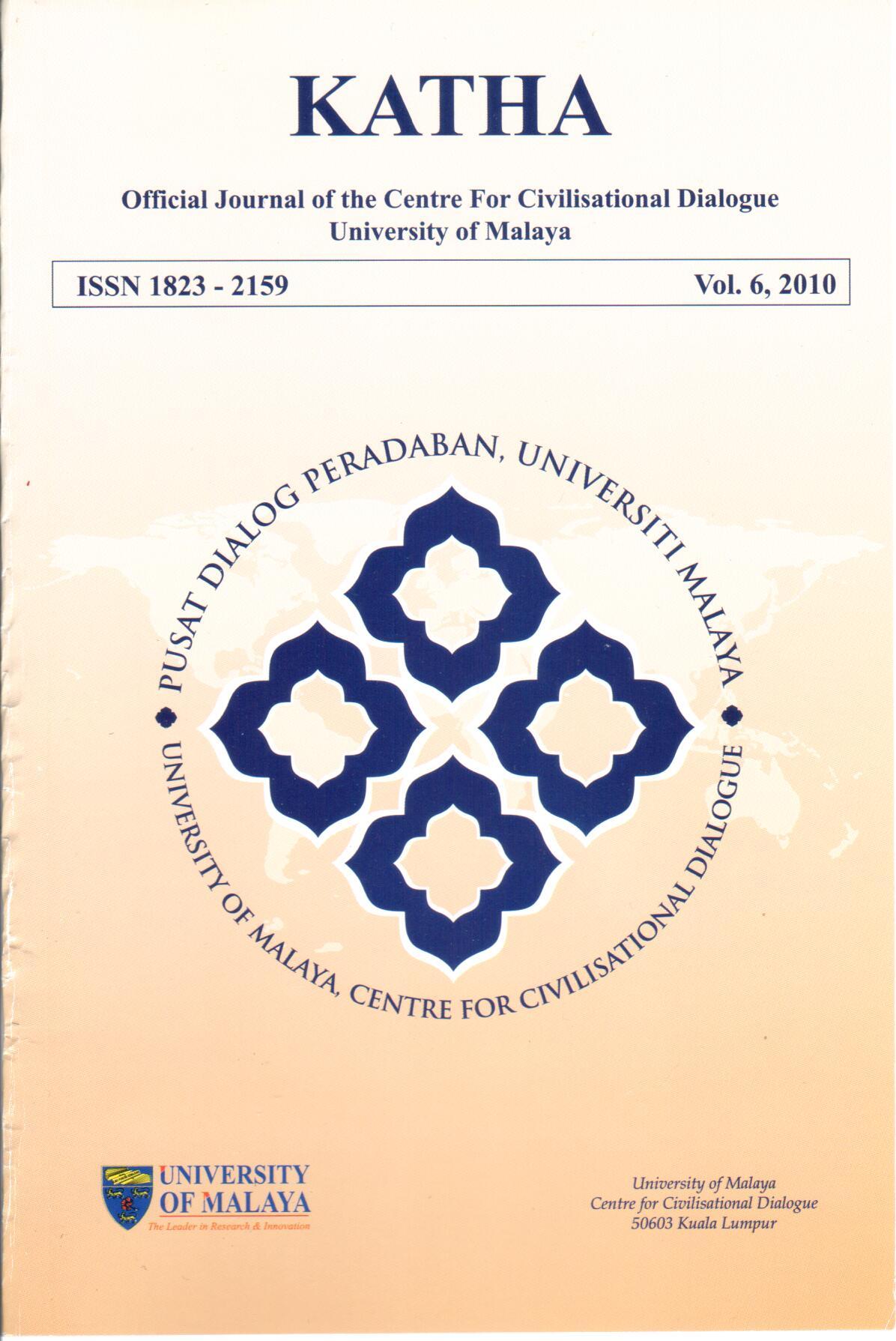As Far as you are Able, Join Faith to Reason: Medieval Attempts at Reconciling Faith to Reason in Islam And Christianity
Abstract
Medieval philosopher were confident that they must and could interpret and assimilate philosophy i.e. Greek philosophy into the religious ethos. The medieval philosophers’ reasoning on why it was necessary to incorporate philosophy into the religious ethos is because the philosophy provide the proofs for the theoretical opinions in religion. Al-Farabi argues that “theoretical opinions in religion have their proofs in theoretical philosophy, while they are taken in religion without (argumentative) proof”. In order to reconcile philosophy into a religion that is revelation into philosophy resulted into one of medieval philosophers’ major contributions to the advancement of philosophy. The Muslims Philosophers, using the materials from late Hellenistic thought pressed and shaped it into a new direction so that a novel, original pattern emerged from them. This incorporation of revelation is major because it led the way for incorporating philosophy into religion and influenced the way for both medieval Jewish and Christian philosopher on how to reconcile philosophy into a religion.
Discussions on revelation in any revealed religion have never been an easy subject to deal with. Issues surrounding the concept of revelation such as what is revelation, i.e. what kinds of knowledge does it actually give us more importantly, what is the ultimate purpose of this revelation revealed to man are rarely discussed by religious scholars in any systematic manner. This lack of discussion is surprising since a religious scholar’s position on any subject must inevitably be influenced and shaped by his/her understanding of revelation and inevitably the role of man’s reason.
Downloads
Downloads
Published
How to Cite
Issue
Section
License
Articles submitted to the journal should not have been published before in their current or substantially similar form, or be under consideration for publication elsewhere. Authors submitting articles for publication warrant that the work is not an infringement of any existing copyright and will indemnify the publisher against any breach of such warranty. For ease of dissemination and to ensure proper policing of use, papers and contributions become the legal copyright of the publisher unless otherwise agreed. By submitting a manuscript, the author(s) agree that copyright for the article is transferred to the publisher, if and when the manuscript is accepted for publication. However, it can be reprinted with a proper acknowledgment that it was published in KATHA.

This work is licensed under a Creative Commons Attribution-NonCommercial-NoDerivatives 4.0 International License.




